Both Sides of the Barrier: Images and Memories from a Motor Racing Odyssey; the A-Side (1957–79)
 by Stuart Dent
by Stuart Dent
“I bumped into a chap selling cheap, paper stickers bearing the legend ‘JAMES HUNT IS A STEAMING TURD’, which I found amusing, so I bought a couple.”
That scene played out at the British Grand Prix at Silverstone in 1977—and is proof that the past is indeed a foreign country.
I’m only a little older than Stuart Dent and, after reading his book, I realize that half a century ago I probably brushed shoulders with him in the paddock at Brands Hatch and Silverstone.
This classily produced book from BHP is Stuart’s story of his motor racing passion, which began with hot rod racing at the Hednesford oval in the English Midlands, in the late 1960s. Like so many of us, his early experience of big-time racing was vicarious—usually in print in Autosport or Motoring News—but only rarely on television. His first “proper” event was the Formula 5000 race at Oulton Park in September 1971 and I can think of no better introduction than the thunderous majesty of these 5L V8 monsters at one of Britain’s prettiest race circuits.
This 182-page book will evoke a sense of déja vu in the minds of readers who shared the author’s love of motor racing in that golden era. Apart from historic racing, almost the only fast single seater race cars that can now be seen in Britain are the Formula One support acts, FIA Formulae 2 and 3. And you can only see those once a year, and only after paying F1 prices to do so. It was very different when the young Dent caught the bug because, back then, Britain hosted not only the Grand Prix but also non-championship F1 races and rounds of Formulae 2 and 3, and Formula 5000 championships.

The only obstacles that prevented young race fans sating themselves on this cornucopia were transport and money. I smiled in recognition as I read of the author’s ingenuity in blagging lifts from parents and friends, or poring over train and bus timetables once he’d worked out in which part of the middle of nowhere the track was located. And if money was tight, there were more creative ways to get in for free . . .
Dent quickly became highly adept at gaining access to the inner sanctums of a circuit. Even your reviewer was usually able to sneak into the paddock or a pit garage, but young Dent was far more ambitious. Armed only with a cheap Kodak Instamatic (a free gift with a bag of Liquorice Allsorts*) and rather more attitude than I ever was able to muster, he was soon bluffing his way onto starting grids. And not at low key club meetings either, but the sort of star-studded internationals that would get a ten-page report in next week’s Autosport.
The book’s chapters are mostly season by season accounts of the author’s motorsport year, but they include pictures—lots of pictures—which are a wonderful testimony to the ambience and almost chaotic charm of a Seventies’ race meeting. Even to a shy youngster like I was, access to cars and drivers was easy, and in extraordinary contrast to the crushing formality of the modern day.
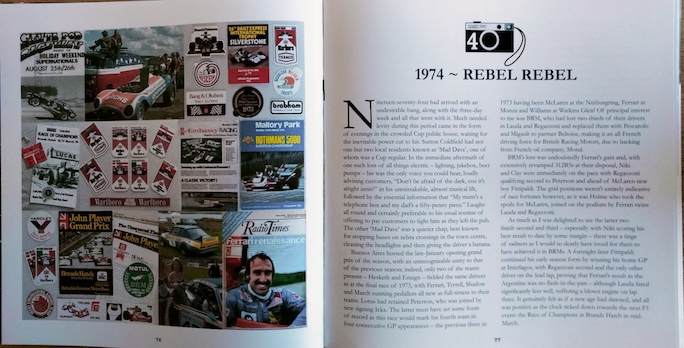
Each chapter is preceded by a mosaic of race programs, team stickers, and magazine covers that epitomize the year in question. Many of the exact same items live in my junk room, ten feet from where I write, and just one look is all it takes to transport me back to an era where mere attendance at a race meeting felt like being part of the show. The pictures are far from perfect, sometimes they are fuzzy and badly composed, but that is exactly fitting the times: when 12 or 24 exposures was your limit, and when Photoshop was the place you took your film to be developed, that was how it was. So here is Beltoise’s rather blurry BRM P180 being pushed by a grimy mechanic, there is a frowning Graham Hill next to his Embassy Cigarette-branded Shadow DN1, and here’s a laurel-garlanded Tony Brise with the spoils of victory – a bottle of champagne and a smile from a John Player Special girl in a cowboy hat.
The text is a not entirely successful combination of personal recollections and brief summaries of the season, primarily from an F1 perspective. This approach does result in some Pooterish** juxtapositions, such as when an account of the author’s drunken high jinks is followed by reference to the CSI’s adjudication on Ferrari’s protest against McLaren at the 1976 British GP. The prose does clunk occasionally, and it doesn’t help that it is studded with rather more profanities than I needed. “F” words have their place—as the Verstappen family now demonstrate weekly—but I find they jarred here. But with a Foreword by Tommy Byrne, I can’t say I wasn’t forewarned . . .
Our younger selves develop obsessions about certain facets of our interests. For me, it was the red car with a Prancing Horse on its flanks, and I also adored the sound of a high-revving twelve-cylinder thoroughbred, preferably one stabled in Vélizy-Villacoublay or Maranello. The author shared my love of the V12 but his favorites were created in the sleepy Lincolnshire town of Bourne, home of BRM. There’s plenty of BRM pictures here and the loyal Stuart Dent kept taking them, even when the team had descended to its Stanley BRM nadir. From the glory days of Rodriguez, Siffert, and Monza 1971 to the butt of paddock jokes.

I need to talk about helmets. I bemoan the fact that an F1 driver’s helmet design can change from race to race and that helmets are such a riot of micro detail and color that it’s all but impossible to know which driver they go with. I miss the days when you could pick out Graham Hill’s London Rowing Club livery from the melée of cars leaving the grid. And I miss how Chris Amon’s simple but instantly recognizable design enabled you to work out which driver was in which Matra. But the author’s knowledge of and enthusiasm for not only helmet livery, but also design, specification and manufacturer make me feel like a dilettante.
The later chapters have fewer, but better quality, pictures but much more about Dent’s personal life. Unusually for a young Brit in the Seventies, he worked in Europe and, while his race attendance dropped, he somehow managed to cold call a number of racing “names” including Count Rudy van der Straten and Picko Troberg. And 50% of ABBA too—Bjӧrn Ulvaeus and a frosty Agnetha Fältskog.
Modern race meetings are organized with military precision, with risk assessments and health and safety policies for everything from on-track incidents to flooded toilets. The Seventies had a recklessly laissez-faire attitude to risk and nothing illustrated this more eloquently than the notorious Radio One Funday at Mallory Park in 1975. The author’s account confirms my recollection of that surreal day, when the presence of the Scottish boy band, the Bay City Rollers, swelled attendance from the usual few hundred club race fans to 47,000, most of them (but not the author nor reviewer) hysterical teenagers. And neither Stuart Dent nor I am making this up, but we really did witness scores of kids climbing fences and crossing the track—during a Formula Ford race—before swimming the lake that separated the fans from “the tartan-clad gods.” I’ve been dining out on that story ever since.
This is a very personal account of the author’s love of motorsport. Some of the accounts of his youthful (mis)behavior are unlikely to endear him to the reader, but they are eloquent testimony of how society has evolved since then. Racing has moved on too, and the vivid descriptions in the book remind us that not all the progress has been in the right direction.
As the words “A-Side” in the subtitle indicate, there is to be a B-Side aka second volume.
* Liquorice Allsorts: a popular candy in the Seventies. Amazingly, they are still available in the UK. God knows why.
** after the fictional character Charles Pooter; look it up! See, you always learn somethin’ here. What a Pooterish thing to say.
Copyright 2024, John Aston (speedreaders.info)


 RSS Feed - Comments
RSS Feed - Comments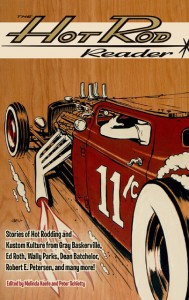
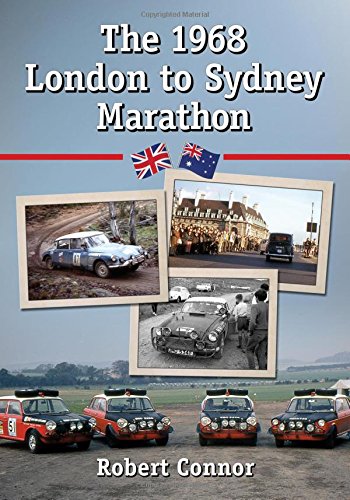
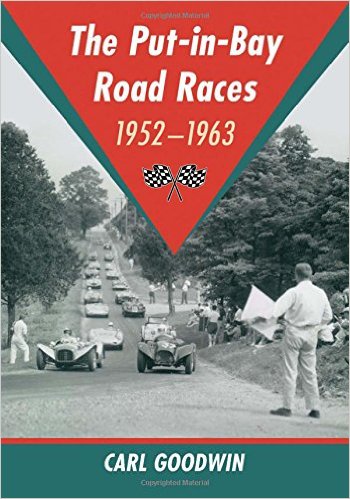
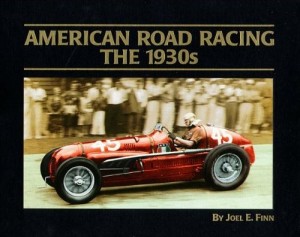
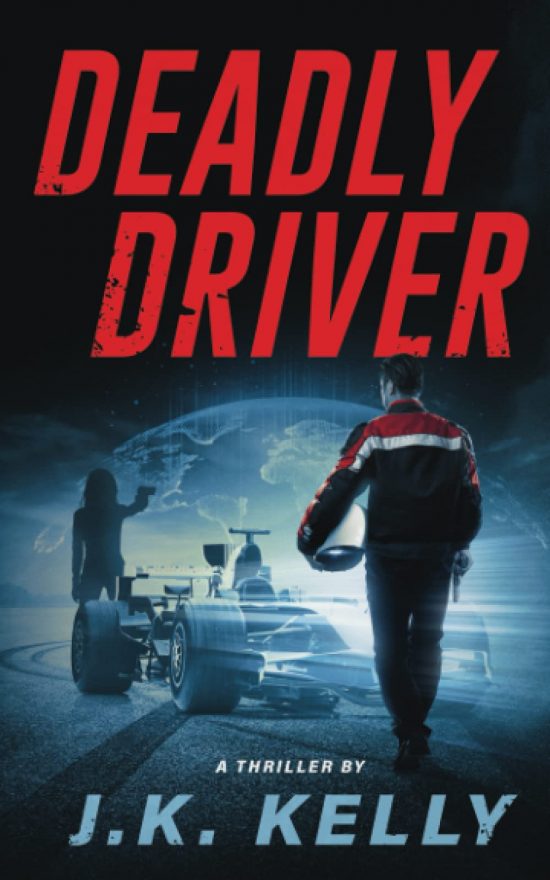
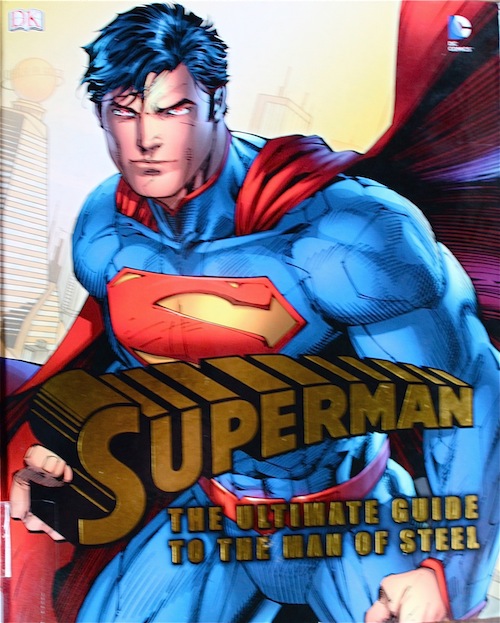

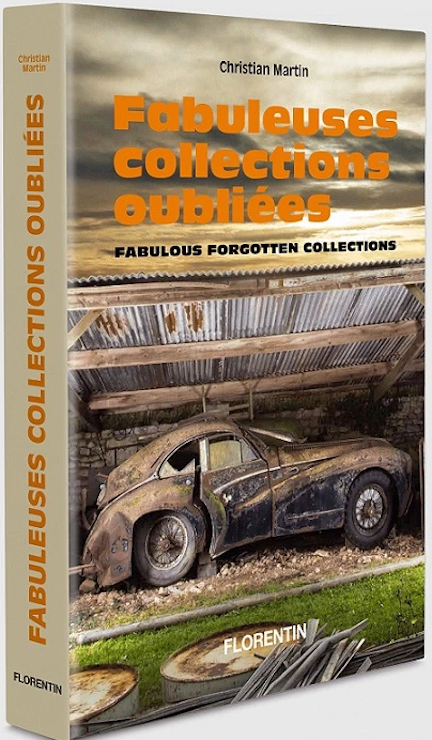
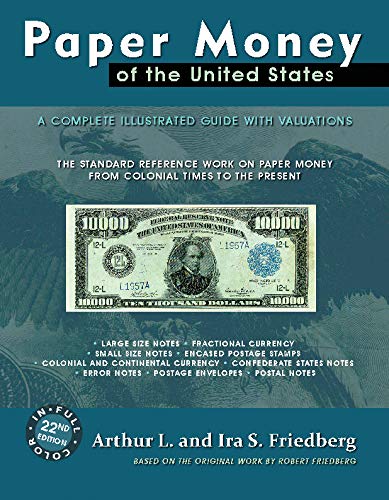
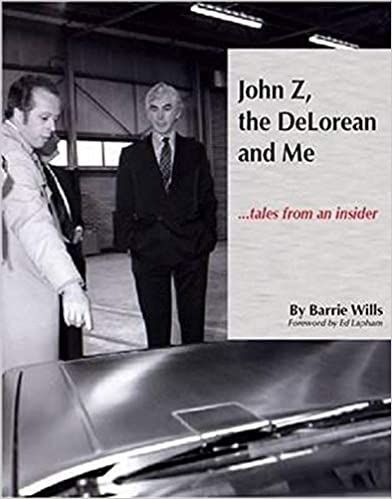
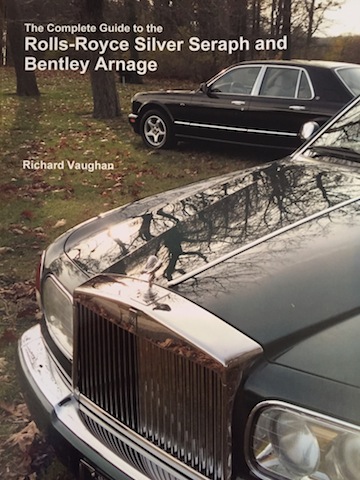
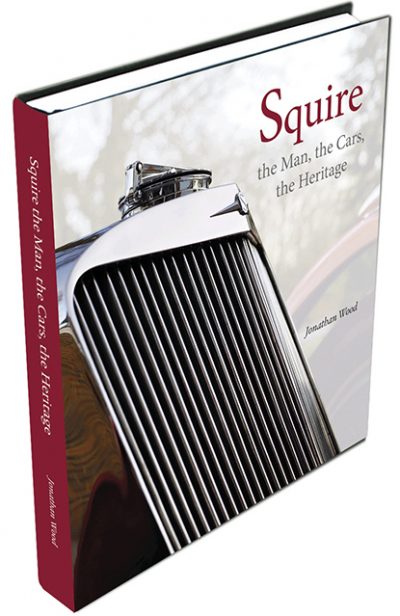
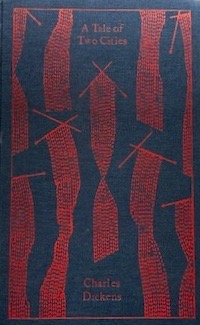
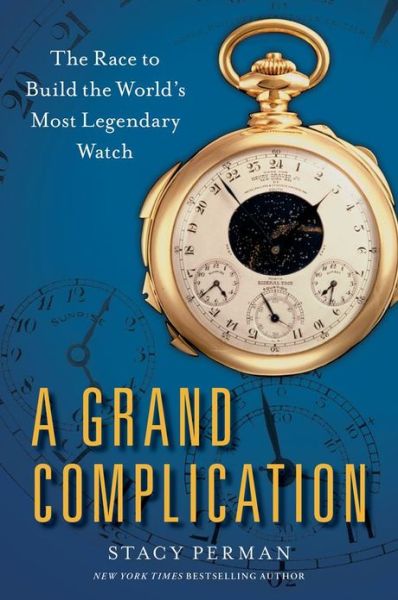
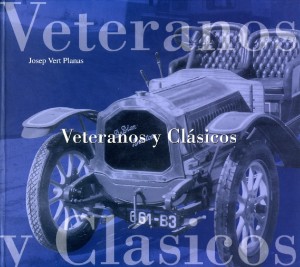
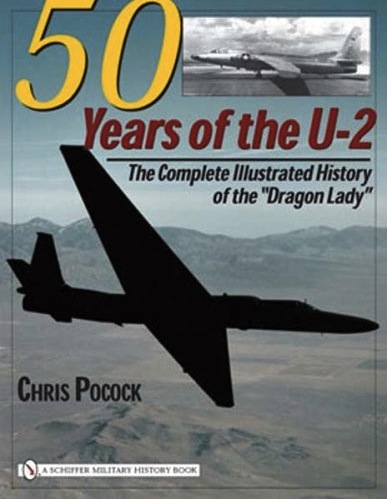
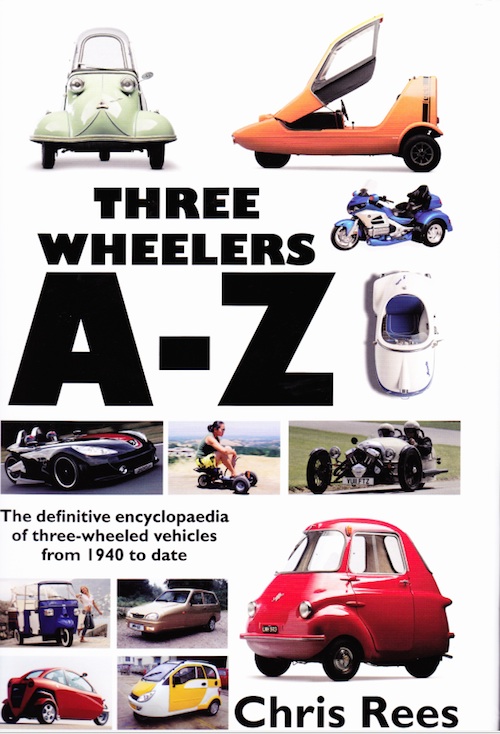
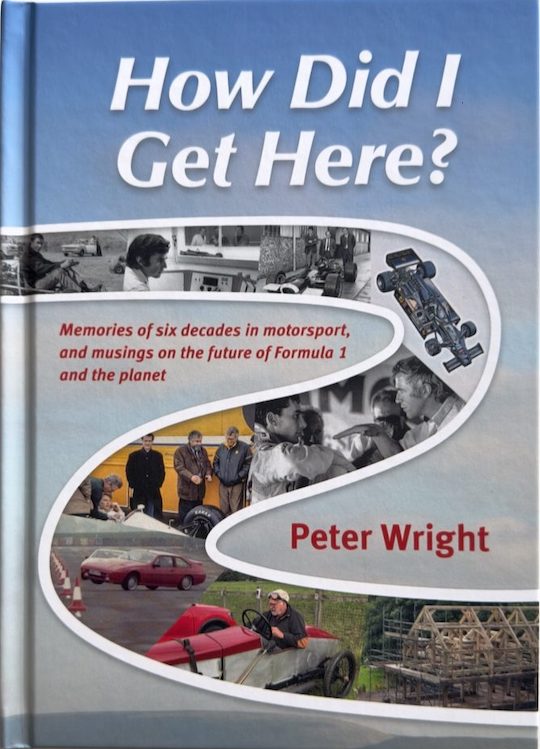
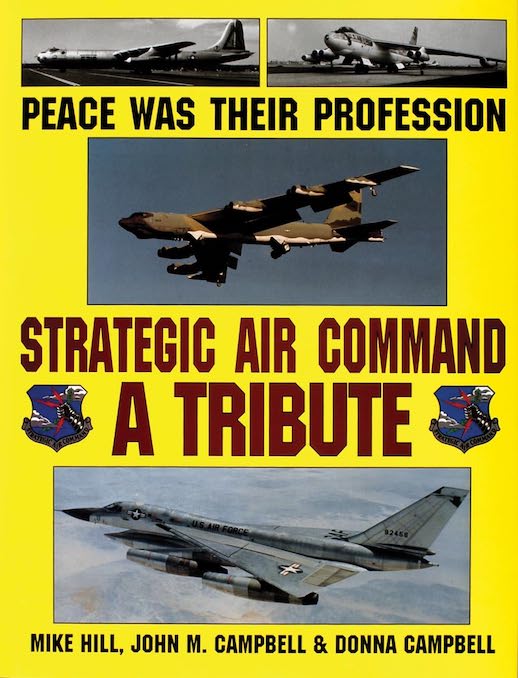

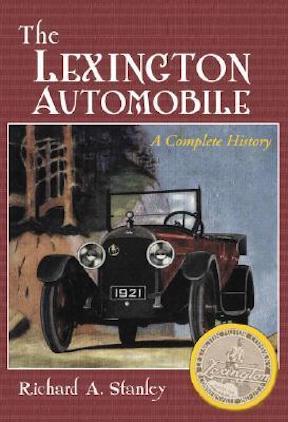
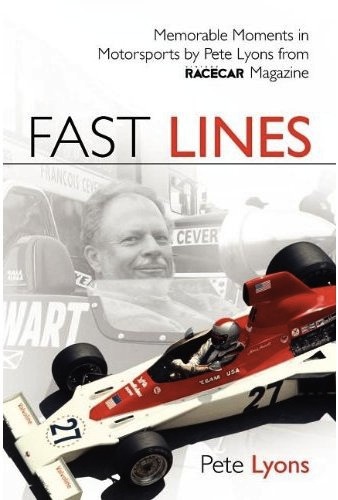
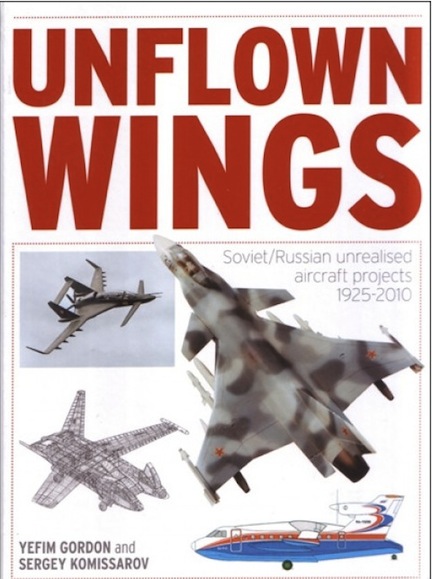
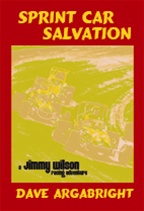
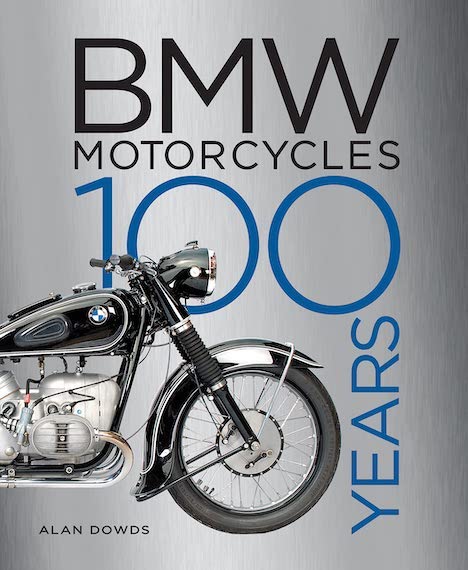
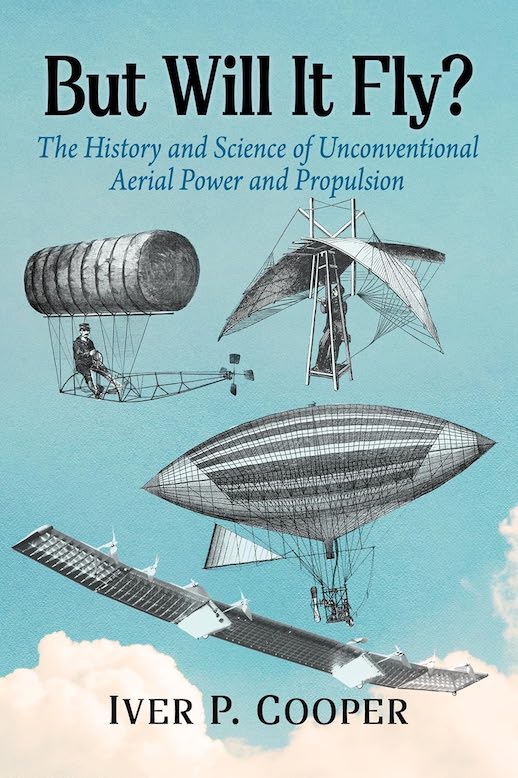
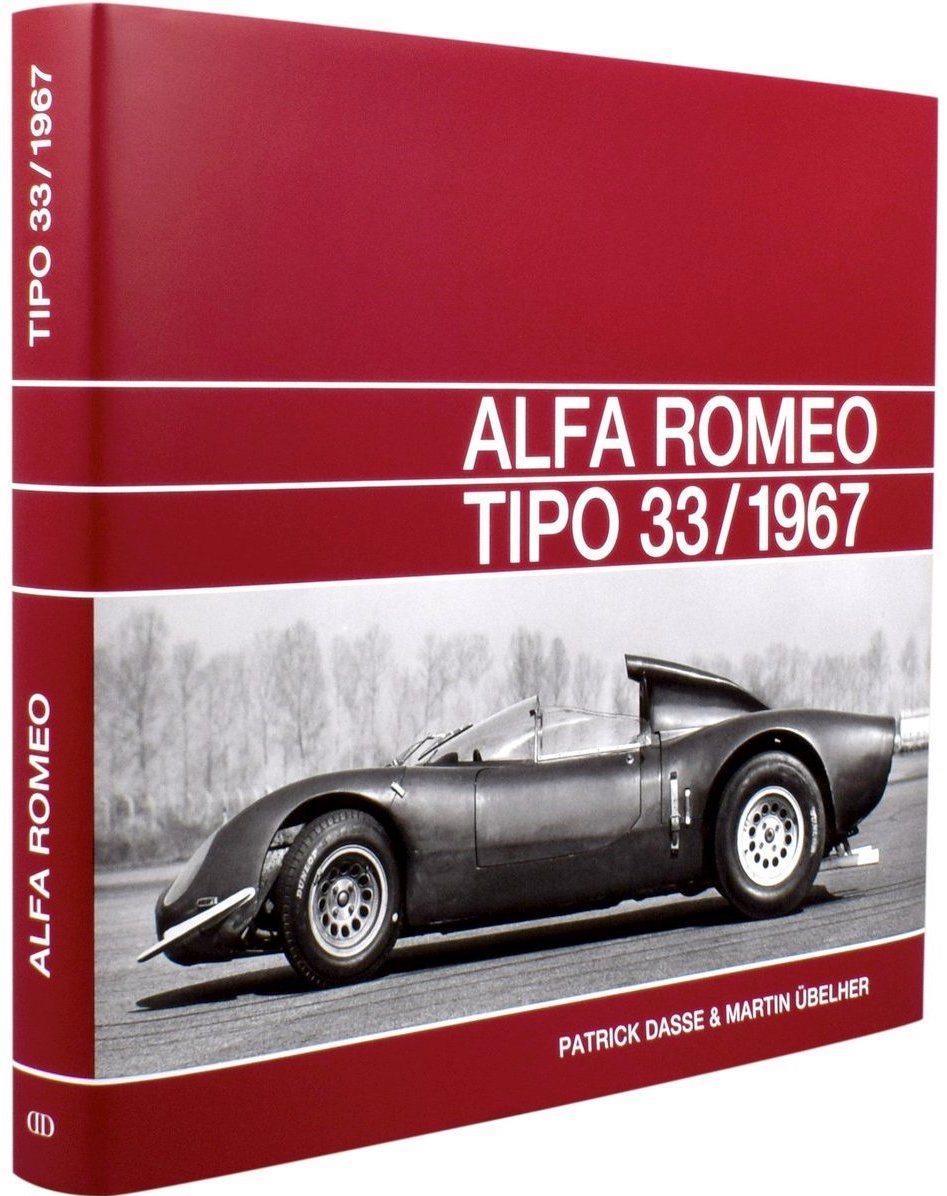
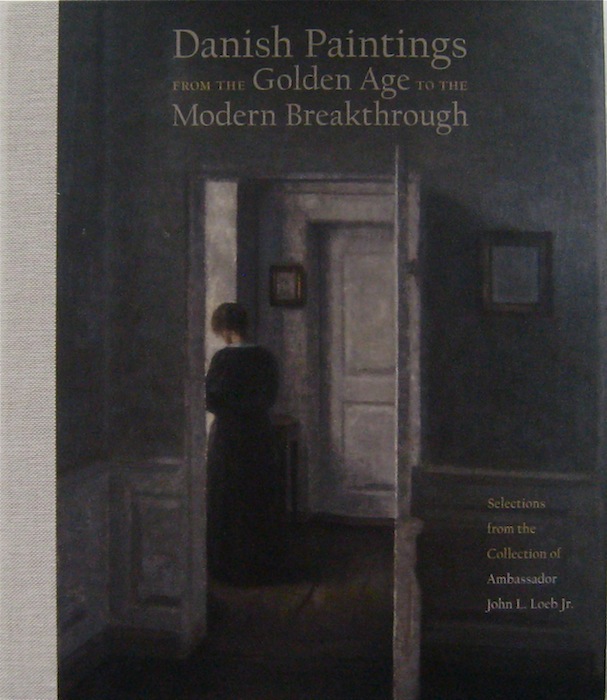
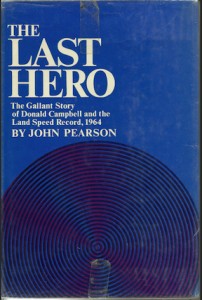

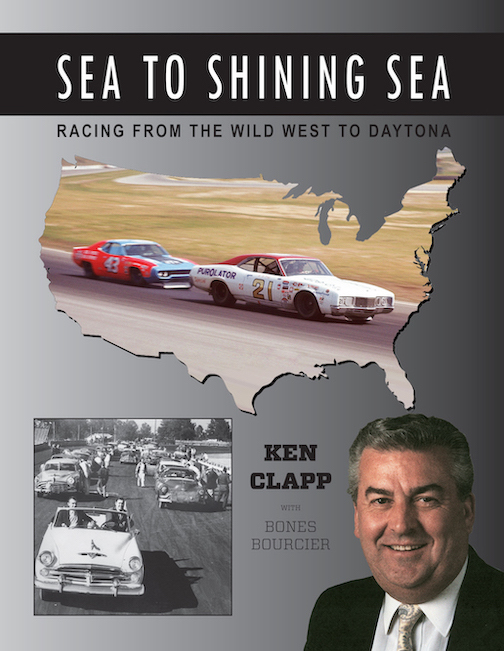
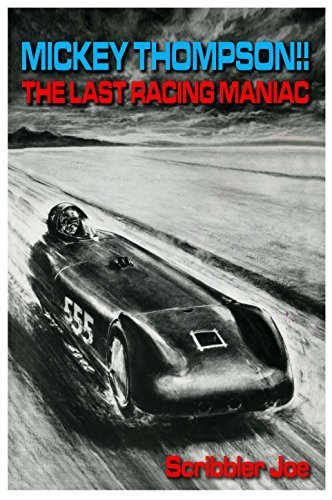
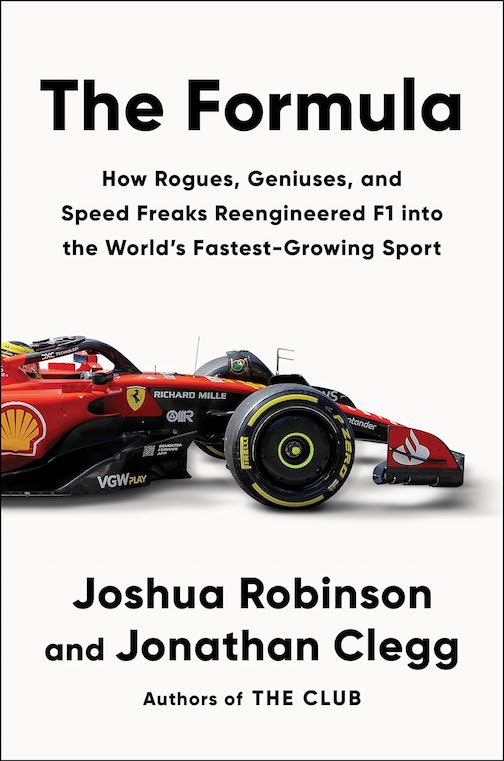
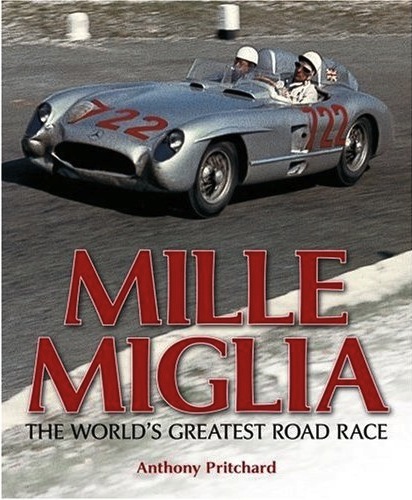
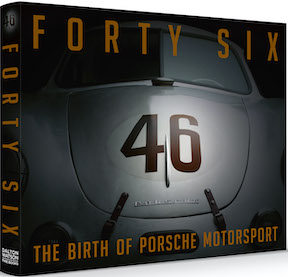
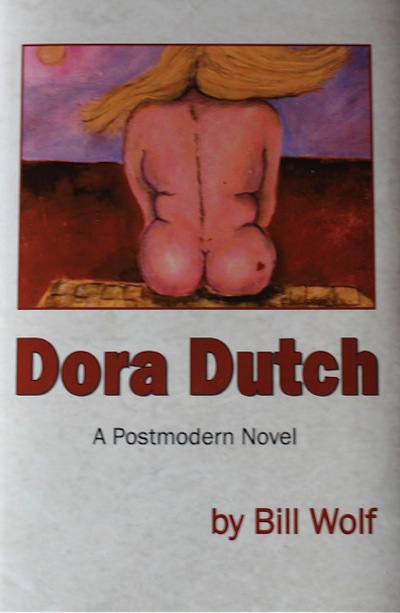
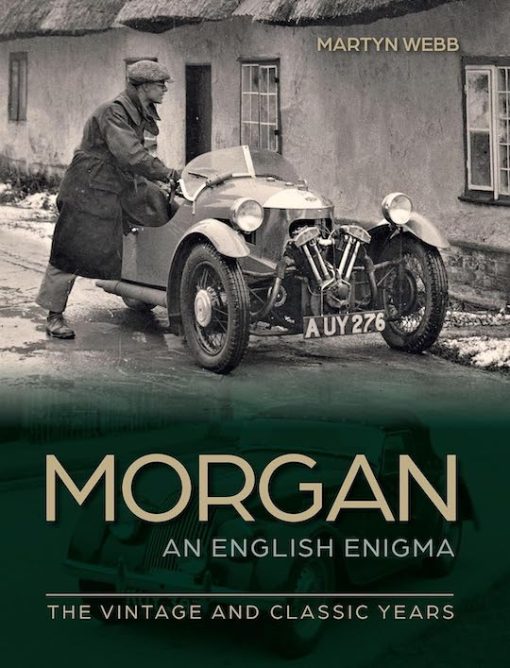
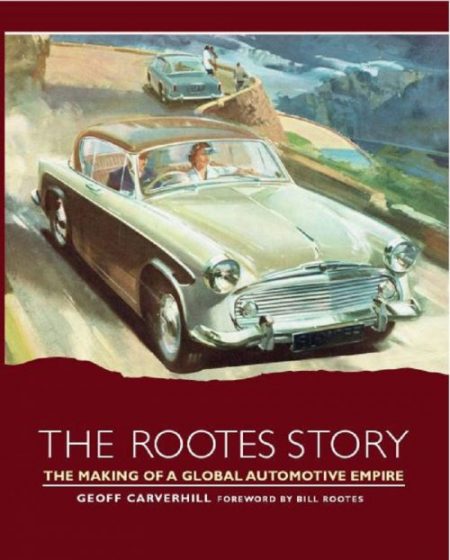
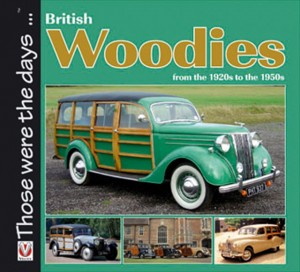
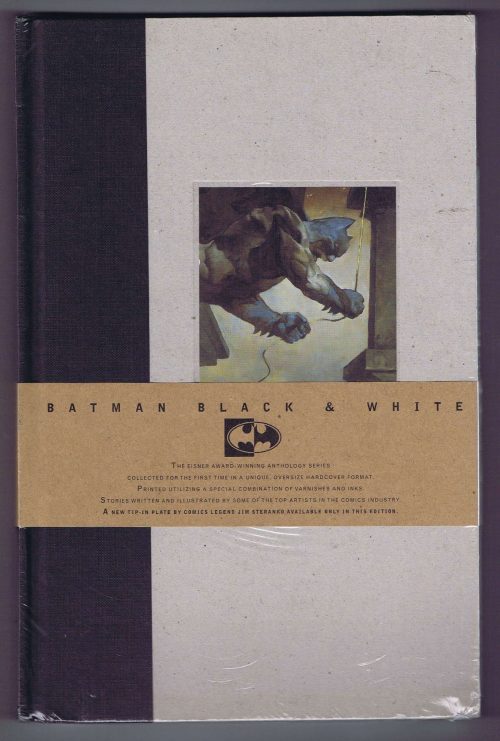
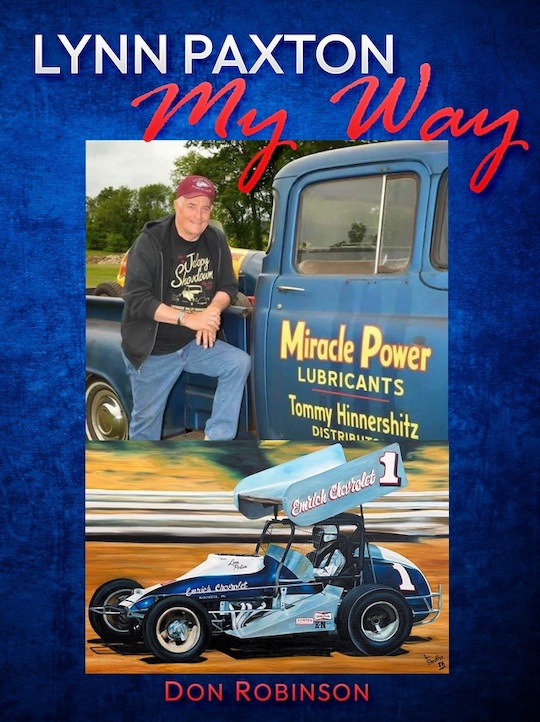
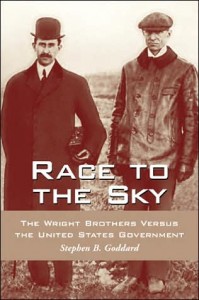


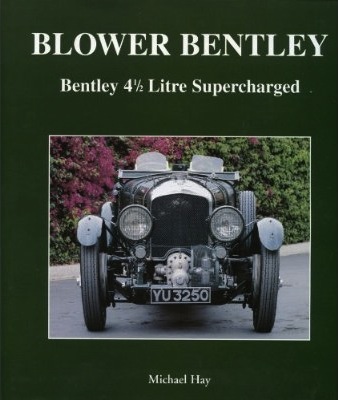
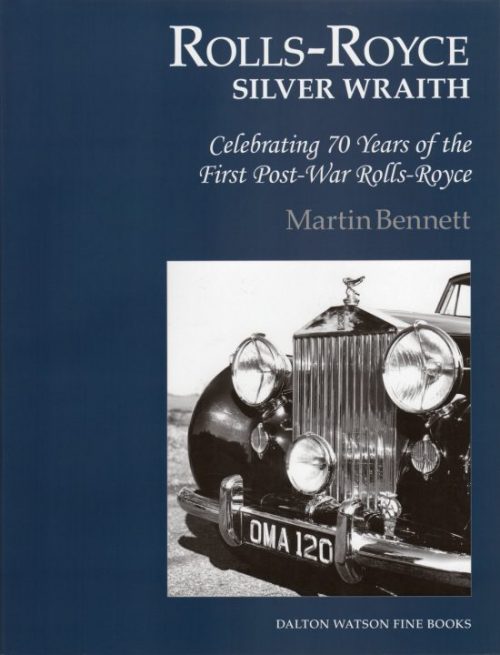
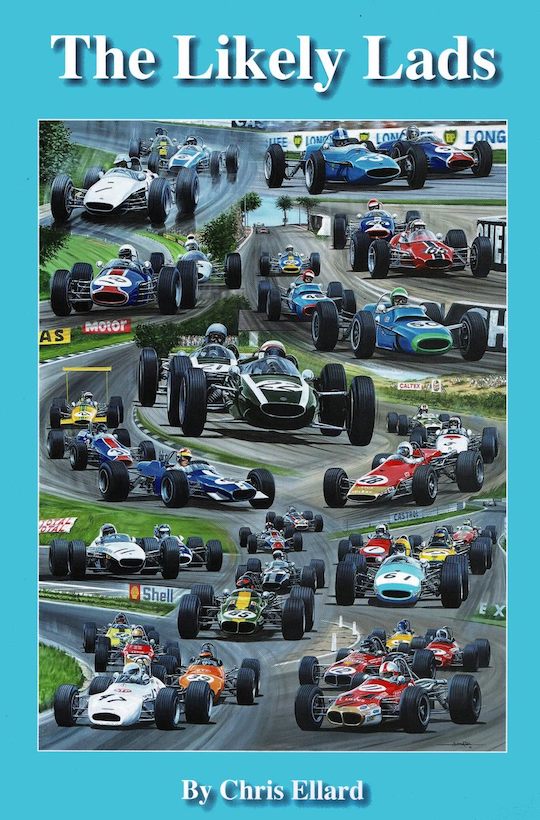
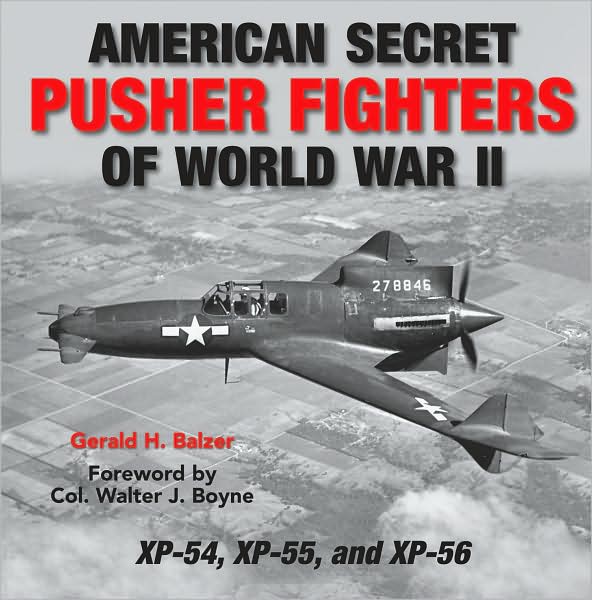
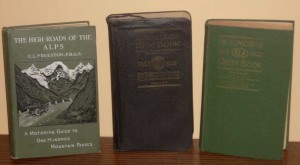

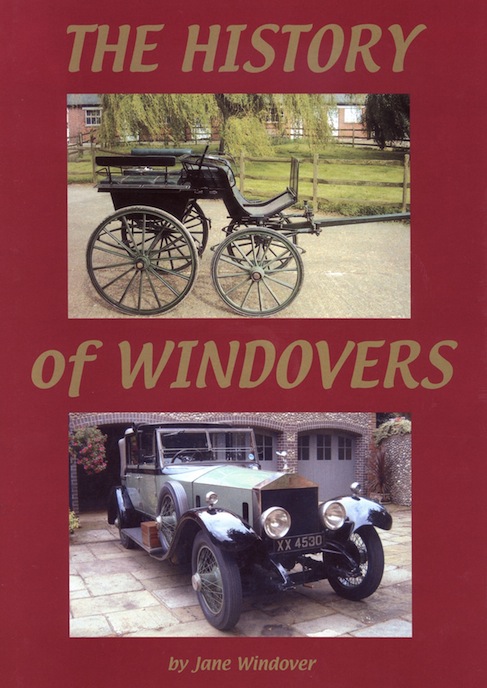
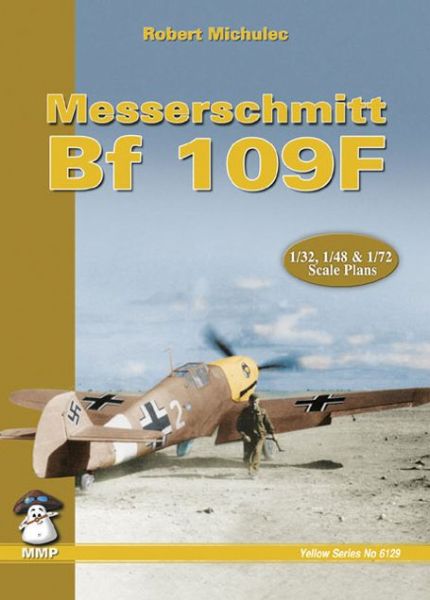

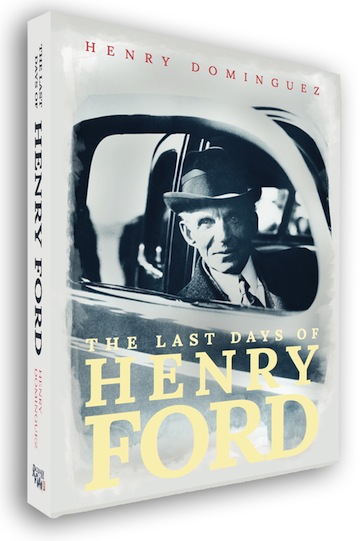
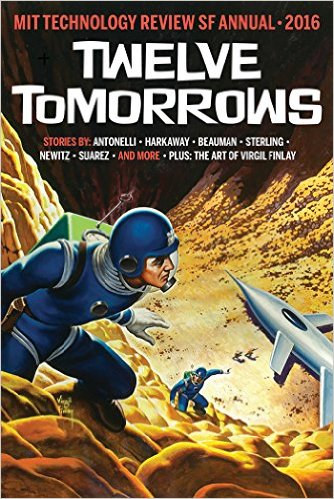
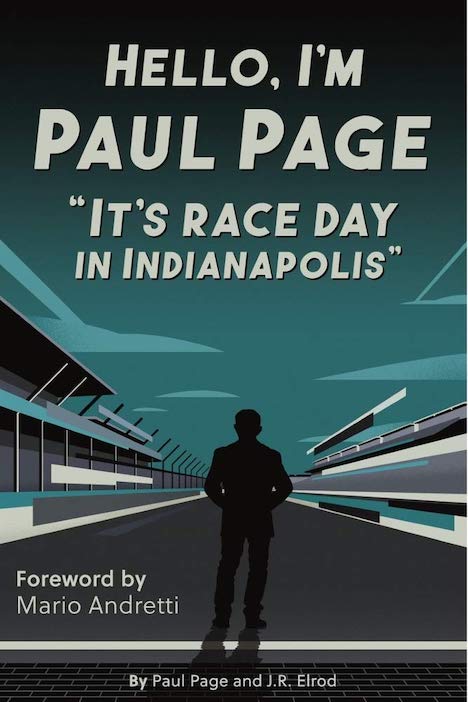
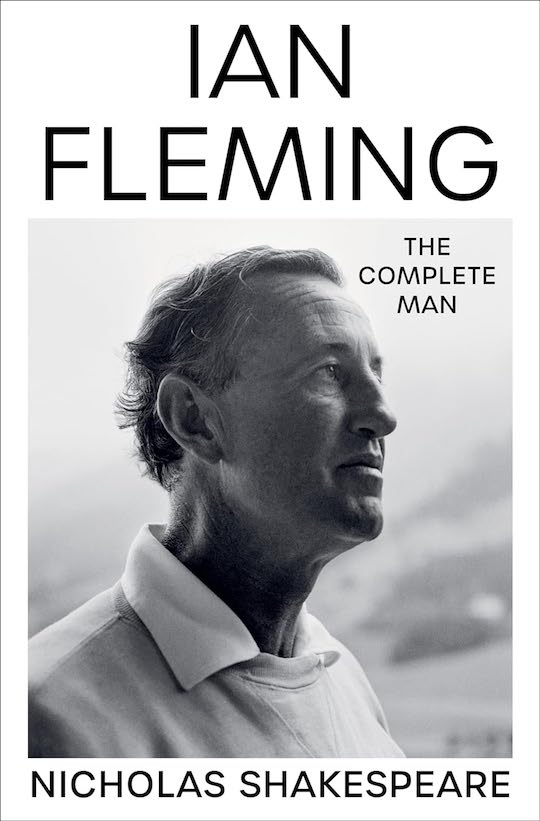
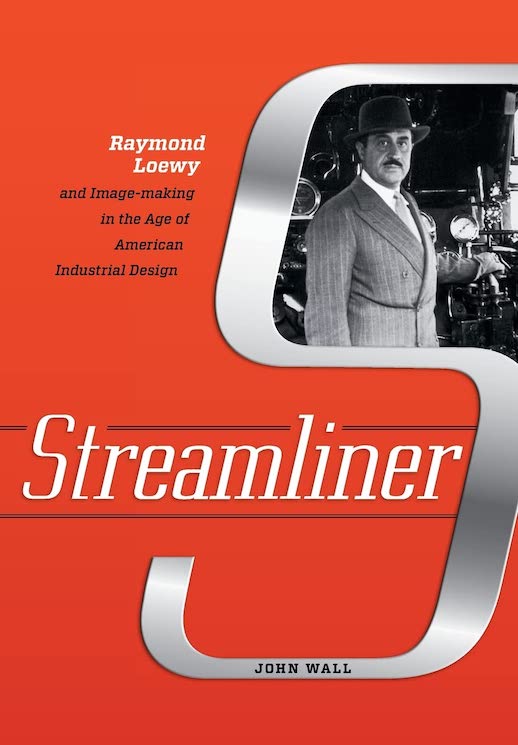
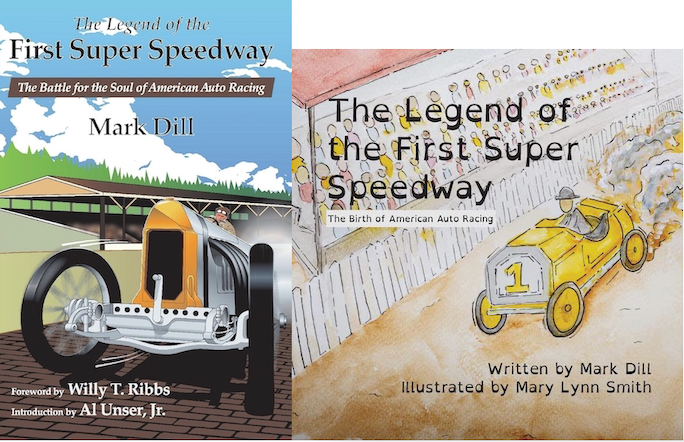
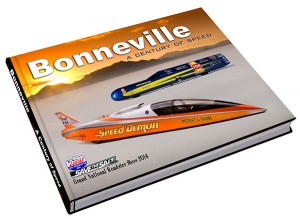

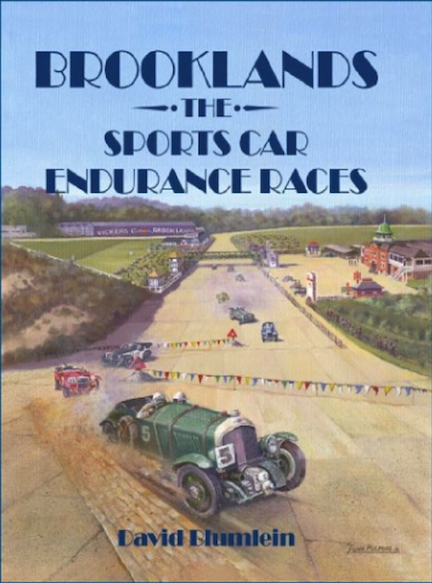
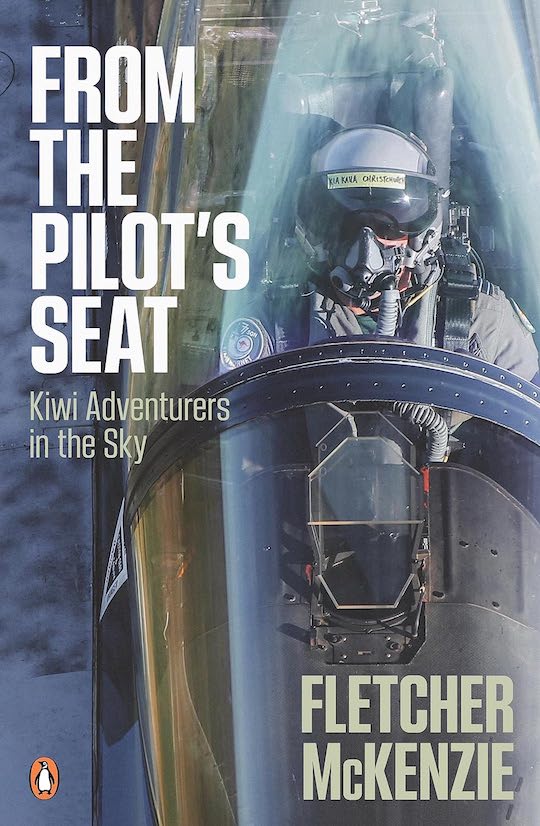

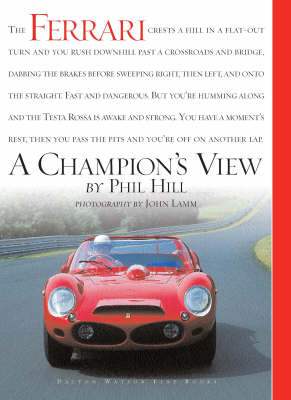
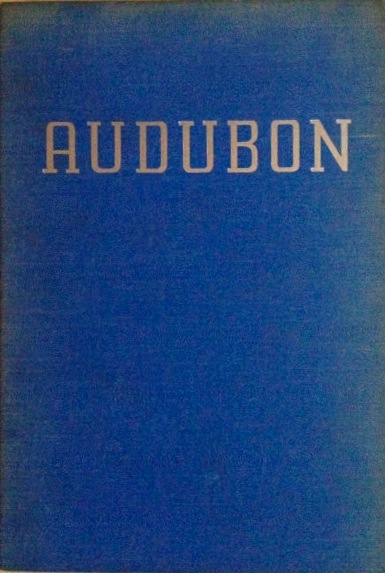
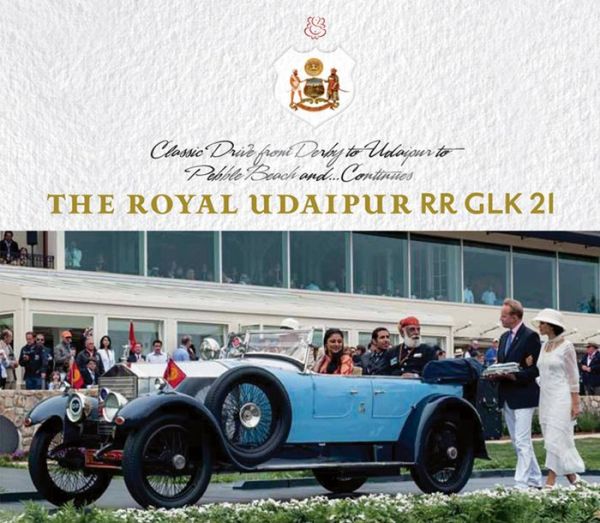
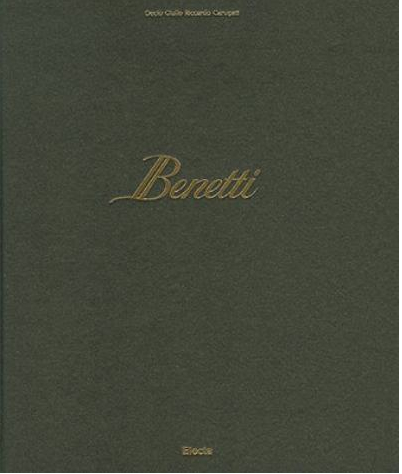

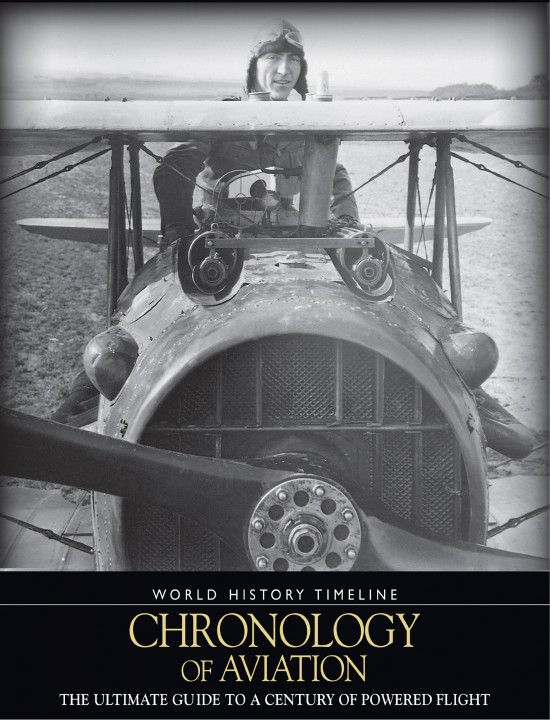

 Phone / Mail / Email
Phone / Mail / Email RSS Feed
RSS Feed Facebook
Facebook Twitter
Twitter